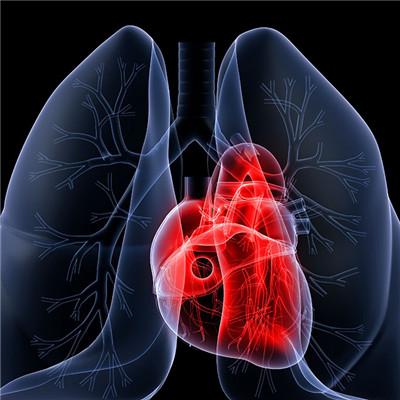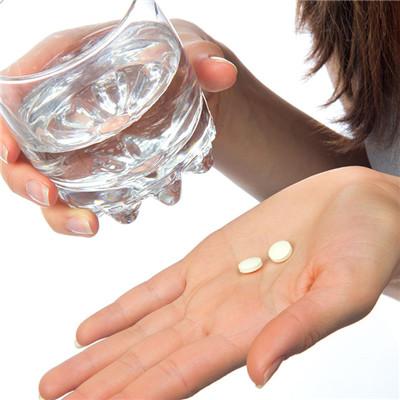How does thoracic vertebra fracture cause hunchback to treat?
summary
Thoracolumbar vertebral compression fracture is a common disease. It is common to fall from a high place and force upward to the waist after landing on the buttocks or feet; Or heavy objects fall from a high place to impact the head, shoulder and back, and the force is transmitted downward to the waist, resulting in fracture; Some elderly people due to severe osteoporosis, some minor injuries, such as riding bumps, flat sit down, etc., will also cause vertebral fractures. Let's take a look at the following.
How does thoracic vertebra fracture cause hunchback to treat?
First: conservative treatment: mainly suitable for stable fractures. Generally, the patient needs to lie in a hard bed for 6-8 weeks. The suitable height of pillow is about 8-10cm. This kind of fracture combined with exercise therapy has a better effect, because correct and appropriate exercise can not only restore the compressed vertebral body and maintain the stability of the spine, but also increase the strength of the lumbodorsal muscles due to early activities, so as not to produce or aggravate the phenomenon of osteoporosis, and can also avoid or reduce the sequelae of chronic low back pain.

Second: surgical treatment: unstable fracture, complete spinal cord injury, incomplete spinal cord injury. If this happens, it is recommended to operate as soon as possible (preferably within 8 hours), and to perform open reduction, complete decompression and internal fixation; And it is best to use enough Glucocorticoid (methylprednisolone) within 1 hour after injury, and maintain for 1-3 days, so as to minimize the spinal cord injury.

Third: bone cement treatment: generally used with lumbar compression fractures about 1 / 3, there is no movement of the lower limb sensory disorders. Bone cement is a kind of medical material used in orthopedic surgery. Its proper name is bone cement. This feature is that the patient can move down the ground immediately after the operation.

matters needing attention
After the operation, the patients began to exercise as soon as possible, first easy, then difficult, first small, then large, from less to more, from short to long, step by step, persevere. The patient's active activity is the main, avoid rough passive activities.















